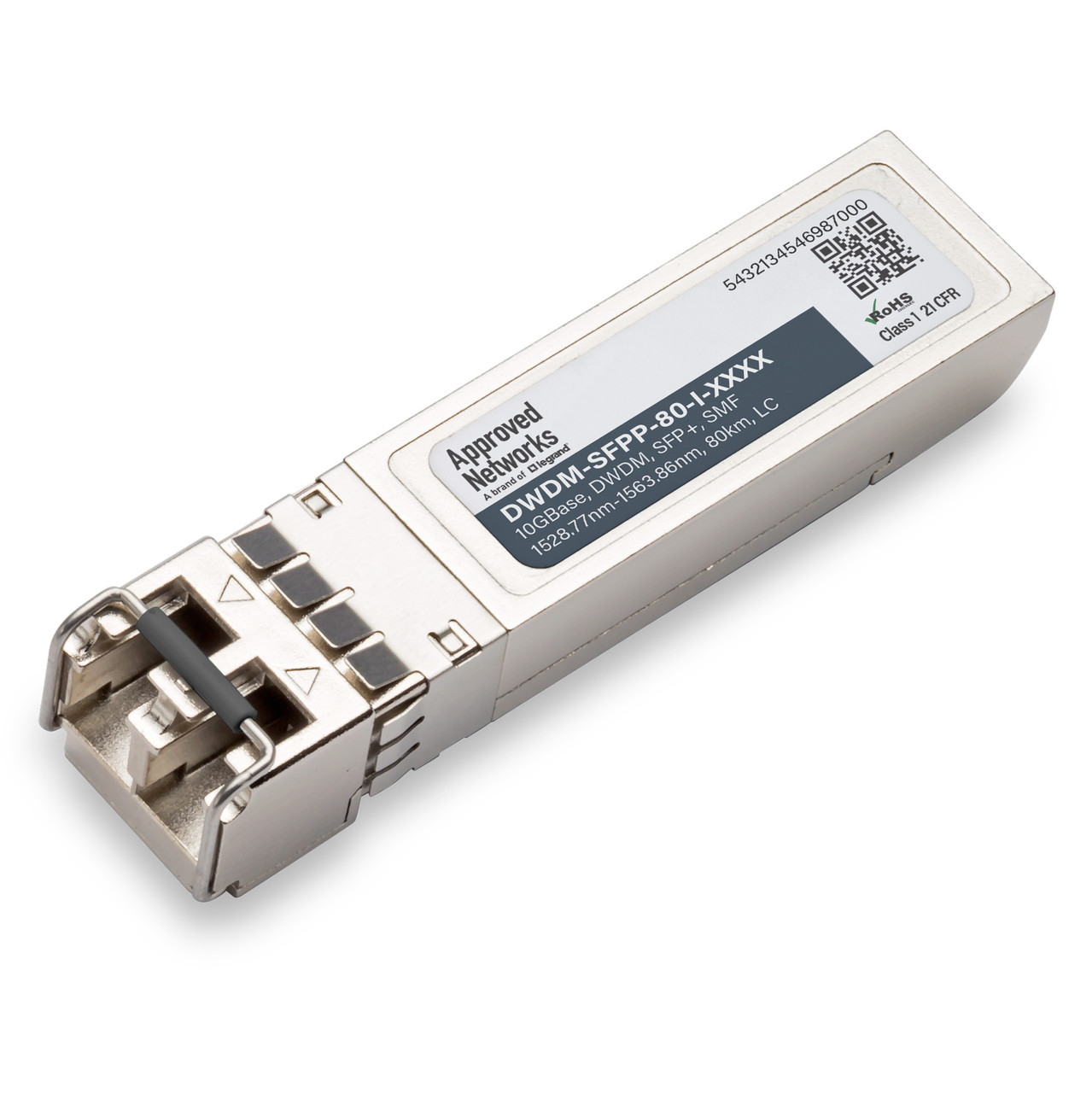Greenomics – What’s The Fuss?
Posted by Tim Yanda on Aug 14, 2023

We are experiencing some of the hottest weather and record temperatures as the earth continues to warm. You ask, what does that have to do with communication systems? As it turns out, the higher speed networks, proliferation of data centers, and broadband expansion programs require more equipment and higher power consumption to power the myriad switches, routers, and servers. These factors add up to higher power requirements to run the equipment. The side effect is heat. So as heat output increases, the need for more air conditioning increases.
We find ourselves at a crossroads; higher speeds and longer distances require greater electrical power to run the systems. The more significant electrical requirements increase the heat that needs to dissipate. There are several options to help with the dissipation of the heat: increased fan speeds on the equipment, increased air conditioning capacity, liquid cooling systems, and higher heat tolerance for the systems. The higher heat tolerance, for example, could be Industrial temperature-rated parts (typically -40 to 85 degrees C). However, the impact of running equipment at a higher temperature may lead to a shorter lifespan of the parts. So, we need to focus on how we can reduce the heat output of the equipment.
One of the ways is to design higher-speed connections that can carry the load of multiple lower-speed circuits. An example is running one 100G circuit vs. ten 10G circuits. Although you cannot eliminate all 1G and 10G circuits in a network, you can reduce the total amount of equipment by carefully planning the configurations.
If you are strictly considering “green or clean” energy, solar or wind power can assist in supporting electrical power needs, but it does not address the overall heat dissipation. Over the coming years, there will be a focus on redesigning systems to minimize the electrical power needs of the equipment. This is no small or easy task to accomplish.
Switch manufacturers are looking at design options to reduce electrical power needs, but it’s a bit like eliminating an internal combustion engine. We are so reliant on current design methodology, and so much of the existing fiber construction is based on the current technology it will take years to make these changes.
In the meantime, IPoDWDM is emerging as a solution to minimize transport systems via using highspeed optics (400ZR/ZR+) and passive mux/demux systems and for further reach lower cost and simpler to operate EDFAs (fiber amplifiers). Passive optical networks are a great way to add capacity on existing fibers, especially when transitioning from 1G to 10G circuits. Using xWDM optics and mux/demux systems effectively helps minimize power-consuming equipment. Ask your Approved Networks sales rep – we have solutions that can help. Although it doesn’t solve the growing issue, it will help in a small way to reduce some power usage.



